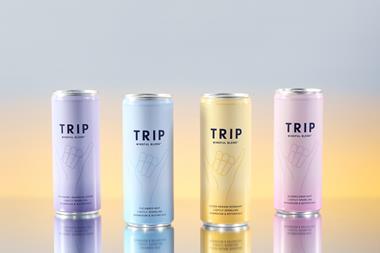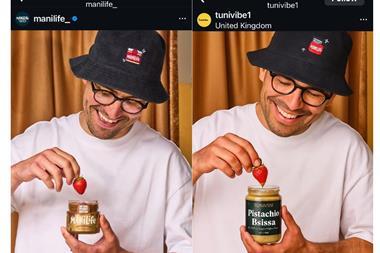
It’s human nature to seek out the best prices. The days when consumers felt embarrassed about bargain hunting are long gone. Now, thriftiness – no matter how much money we might have – is a badge of honour and a key driver of advocacy.
These attitudes and behaviours have been normalised, no doubt, by the rise of price comparison websites, and then amplified by the cost of living crisis, an unstable economy, and a volatile political climate. Consequently, for food and drink brands, delivering value alongside volume is becoming a growing concern.
The even bigger issue, however, is whether premium brands can prevail under such conditions, or whether they need to endlessly rely on discounts to attract customers.
It’s certainly starting to feel like an uphill battle. The rise of budget supermarkets, copycat products, price deals, own brands, bulk offers, and loyalty prices have all further complicated matters, embedded price-savvy consumer behaviour, and set conditions against them.
There are exceptions, however. Over the last four years, Heinz has managed to maintain its premium pricing despite cheaper alternatives. This success underscores the importance of brand capital, which in this case leverages legacy and fame to influence consumer loyalty and perceived quality. Moreover, Heinz’s strategy of using its brand name as part of the product – Heinz Beanz or Heinz Tomato Ketchup – reinforces these values and sets its products apart on the shelf.
For the brands that don’t have 138 years of heritage to fall back on, it’s perhaps time to simply work harder at communicating the human experiences – touch, feel, taste – that can command higher prices.
Creating real-world experiences is a powerful strategy. Events, pop-ups, and exceptional customer service all provide deeper engagement and build stronger emotional connections. In-store interactions and sensory marketing also create memorable experiences that justify higher or set prices in the minds of shoppers.
However, the less immediately tangible benefits can equally bring brands to life: quality of ingredients, health benefits, uniqueness, lasting power, or ethical origins.
Sustainability credentials, which tend to come with a ‘green premium’, can override inclinations towards thrift. Despite the tough climate, many people are still willing to pay more for environmentally-friendly products – brands just need to explain this persuasively.
Media and marketing strategies can certainly help in educating customers in the first instance. Add to this retail media, which has witnessed enormous growth in recent years, and you build in broad opportunities to reach consumers when they’re close to making purchasing decisions.
By focusing on these more personal and engaging experiences, premium brands can differentiate themselves and command higher prices without discounts. They just need to work harder to justify those prices to an increasingly cost-conscious consumer market.



















No comments yet